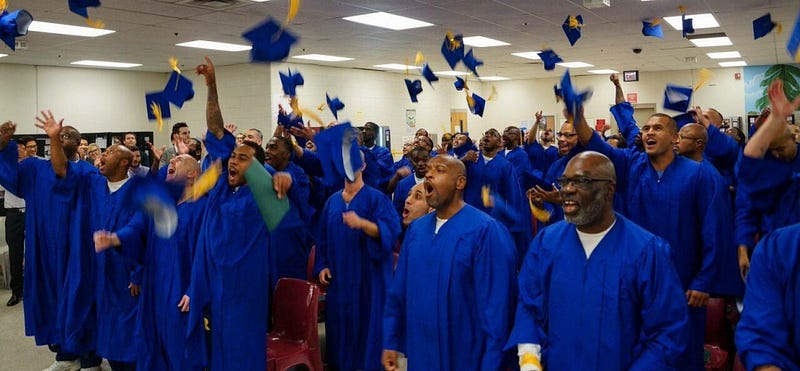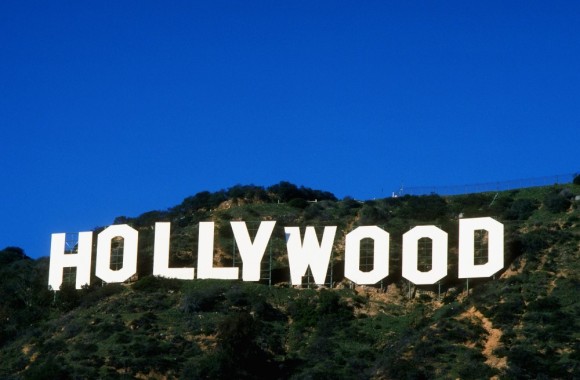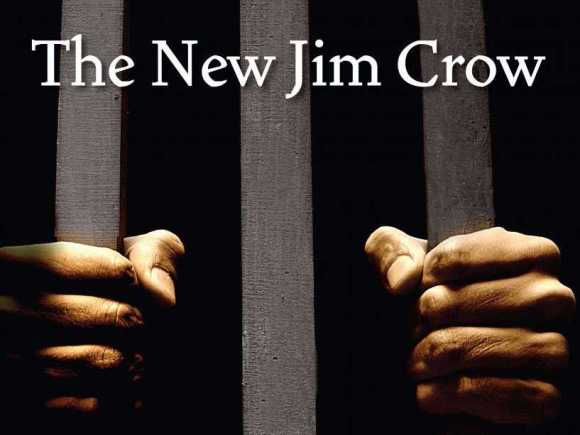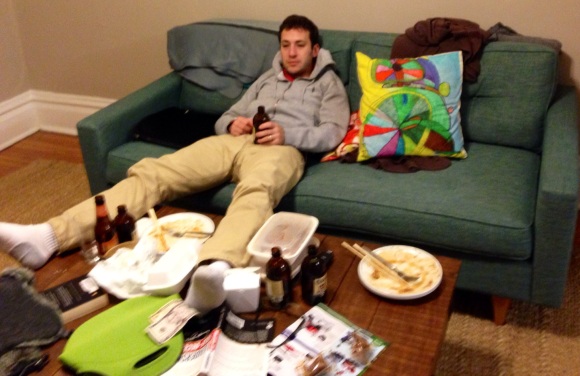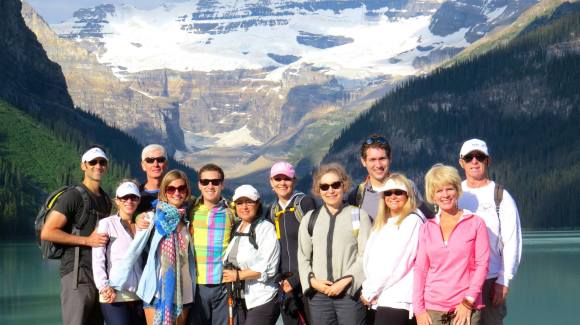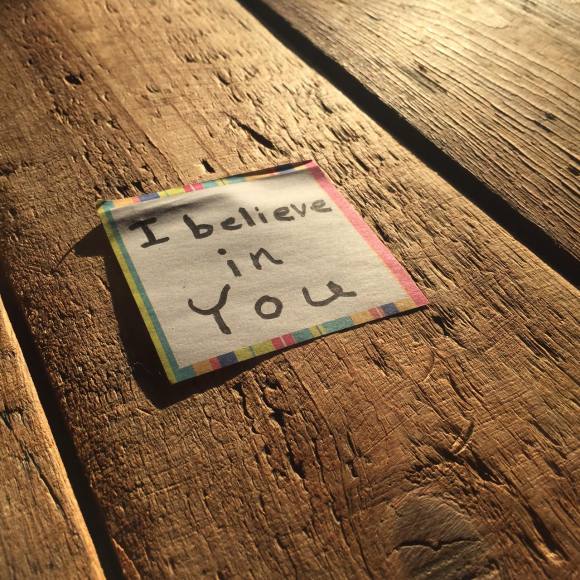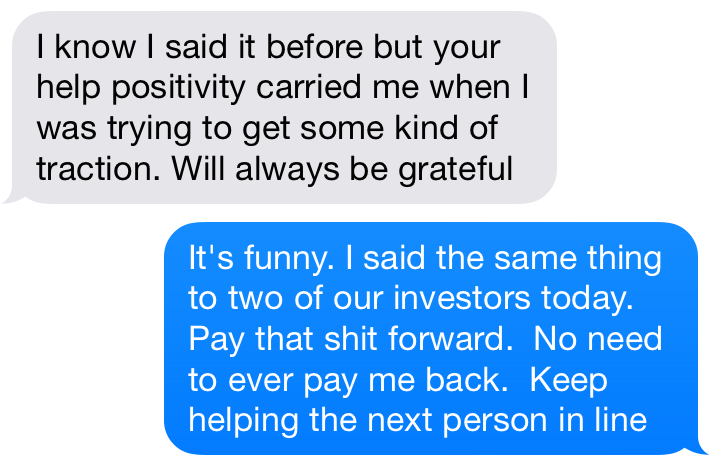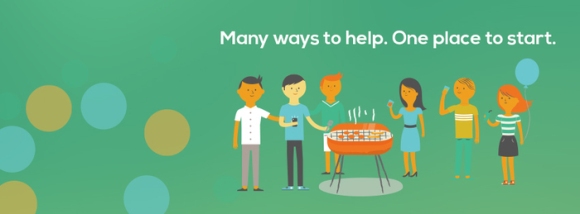
In late 2015 Brittany and I made our first angel investment, and it wasn’t in a tech startup. It was in an industry where we have far far far more domain expertise. If you know us well, you know I’m talking about tacos.
You see, long before burritos became the cornerstone of my diet, tacos were my first love.
I discovered them in the summer of 1994 as a 12-year-old kid in Boyle Heights, Los Angeles at a restaurant called King Taco. That summer, my friend’s dad “hired” my friend Carlo and me to do demolition work in East LA on a construction project he was developing. I learned a lot of lessons that summer that stuck with me till this day:
- Treat all people with respect no matter who they are.
- Don’t start a job unless you plan on finishing it.
- Tacos are fucking incredible!!
Of course I had had tacos before King Taco. But this was the first time I’d ever been introduced to an authentic street taco. Corn tortilla, carne asada, onions, cilantro. Nothing more. I consider it a pivotal life moment.

Flash forward seventeen years to Chicago 2011. In one of life’s weird twists of fate, I manage to meet my wife Brittany while in line for tacos at a restaurant called Big and Littles. I like to claim that I won Brittany over with my vast knowledge of Mexican cuisine. This line, of course, alway elicits eye rolls from Brittany whenever I say it in public. But whatever. I’m pretty sure it’s 100% accurate.
It didn’t take long for us to fall in love after meeting in that taco shop, and about 18 months later we were married. Naturally, we served tacos at our wedding. This was Taco Pivotal Life Moment #2

Flash forward to 2015 and what I’m hoping will be Taco Pivotal Life Moment #3.
Our friends Mike and Stephanie Gaines tell us they are going to open a tacos and margaritas restaurant in SF called Glena’s.
Whaaaaaa??? Muy Interesante!!!
When Brittany and I hear the news it takes us about a half a second before we decide we to get on board with this. We had never made any angel investments but this seemed like the ideal place to start. In fact, I practically begged Mike to let us be their first investors and hitch our wagon to their star. Fortunately for us, they said yes.
We couldn’t have been more thrilled for Mike and Steph when we got an email last week saying that Glena’s was officially opening to the public.
It’s hard to put into words how excited I am about this investment and why I think it will be hugely successful, but I’ll try to explain as best as I can.
First there are the obvious reasons.
- It’s tacos!
- Mike is a Michelin star winning chef with an incredible track record.
- Stephanie has years of front-of-house experience and is the perfect complement to Mike.
- Mike and Steph are amazing human beings. They’re the kind of people you want to root for.


But beyond just these obvious reasons, I couldn’t put my finger on why I was so bullish on Glena’s until the other day after a conversation I had with Joanne Wilson and Anna Barber. Joanne’s a prolific angel investor with over 100 investments and she’s often been the first money in. I asked her for advice on what has made her so successful.
“Is there a common characteristic for the successful startups you’ve invested in and if so how do you spot it before you invest?”
For Joanne, she said the common characteristic has been the startups with founders who knock down walls. The founders who don’t give up in the face of adversity. The founders who are going to keep fighting all the way to the end. Those are the ones who care. Those are the ones you want to invest in.
And that’s when it made sense for me why I was so excited about Glena’s. Over the last year-and-a-half as an investor I’ve had a front-row seat as I’ve witnessed Mike and Steph’s grit and determination through all the ups and downs that come along with starting a business.
When their first lease fell through after they were already super-deep into the process, they didn’t quit. They doubled down, hosting pop-up restaurants around town for almost a year to keep people excited before securing a new lease. When a big potential investor pulled out of the deal because timing no longer worked for him, they didn’t throw in the towel. They doubled down. They took out a loan and bet on themselves. They did the work. They pushed through. They willed their way to make it happen.
This is the EXACT attitude you see in all successful entrepreneurs.
Entrepreneurship is hard. The odds are stacked against you. Talent, luck, timing, skill, product, execution— all these things come into play in determining whether a company is successful or not. But the ones who win aren’t necessarily the people with the most talent, or the most money, or the best idea. These things are just the table stakes. The ones who win are the ones who are willing to knock down walls. The ones who are willing to bet on themselves. The ones who refuse to quit. That’s what I’ve seen in Mike and Steph, and that’s why I’m so excited for this investment.
Glena’s just opened a few days ago, and of course it’s too early to tell what will happen. But what I can say is that it’s already been a joy getting to work with Mike and Steph and if Joanne is right and grit and determination do in fact play a big role in determining success, then Glena’s is already off to a pretty incredible start and I’m going to go out on a limb and say that this is just the beginning of Taco Pivotal Life Moment #3.
Oh hey there. As a reward for getting all the way to the bottom of this Medium Post enjoy this Glena’s al pastor bonus-taco section. You are the winner!! If this doesn’t make you want to go eat at Glena’s right now, you are probably dead.

